The bittersweet history of Mexican chocolate
Take a journey on the floating markets in Bangkok. Learn lessons of entrepreneurship from Sana Javeri Kadri. See fiber art from Hone talent, Kiki Aranita.
Hi Origin Foragers,
We hope you enjoy this week's newsletter, which moves us from Central America to Southeast Asia in a matter of sentences. Plus, we’re recapping Stephen’s interview with Diaspora Co. Founder Sana Javeri Kadri. On the HONE side of things, meet culinary and textile artist Kiki Aranita. And finally, intel on how you (or a Black chef in your life) may be eligible for a $25,000 grant….Read on!
A Bittersweet History of Mexican Chocolate by Emiliano Ruprah
Whetstone Magazine Volume 8
For as long as xocolatl has been within reach of humans, it has been an integral part of the lives behind the touch, and also, of those who will never encounter it.
Long before its ubiquitous state as an object of fetishization, before European colonial contact, and before its entanglement with sugar cane from Caribbean plantations, cacao was once a bitter, reverential drink for the Aztecs, Olmecs and Incas.
For some, xocolatl represents one of the founding culinary pillars of Mexican heritage and food culture. Soconusco, Mexico, in the state of Chiapas, is one of the world’s oldest cacao growing regions, and a place with a tradition spanning thousands of years. But it is a tradition in peril.
There are dedicated farmers in Soconusco, elders like Eder Herrera Lopez, who are working to keep xocolatl traditions alive. As one of the founders of Rayen Collective, they call themselves “part of the resistance.” What they are bumping up against is encroachment in every imaginable variety and form: fungus, corruption, urbanization and all of it culminating in a loss of craft and tradition.
“There are a million things against us, but the biggest threat is us, because young people are not carrying on our traditions.”
Other locals, like Doña Chepi, have done well for themselves, by selling in bulk to chocolatiers in Europe and hosting traditional dinners for tourists. The shared purpose of preservation comes with the benefit of the community, and Doña Chepi is at the helm of a self-proclaimed “cacao sisterhood.”
In Tuxtla Chico, a town close to the Guatemalan border where she lives, this is how Doña Chepi stays connected to her roots. It’s not her own economic vulnerability she fears, but becoming part of a vanishing cultural tradition. Chocolate’s messy and riveting history is detailed in Whetstone Volume 8, in which we also learn why it remains an object of political importance even today.
From the Archives…
A journey down the floating markets of Bangkok featured in Whetstone Volume 3.
If you’ve flipped through a Thailand travel guide, you might have seen images of vibrant night markets, ornate temples, or clear emerald and aquamarine waters embracing fine sand beaches. Redundant tourism packages and advertisements have propelled a handful of destinations into the limelight while leaving others in the shadows. In the country’s capital of Bangkok, floating markets may come as an afterthought, often eclipsed by the allure of Wat Arun’s mosaic porcelain spires, Chatuchak Weekend Market’s dizzying array of stalls, or the boisterous and bustling Khaosan Road.
However, picture woven baskets filled to the brim with leafy vegetables and cut gourds, towering mounds of tropical fruits, and soup served from steaming vats of broth and showered with a number of toppings that would put build-your-own pizza joints to shame. In Thailand, vendors display their goods not under the shaded refuge of canopy tents as one may find at the local farmers’ market, but in canals inside their wooden boats.
Look closely enough and you can find the history of Thailand within the khlongs, or canals. The winding waterway networks channel from the great rivers that weave throughout the country, with the Chao Phraya River, translated as river of kings, dominating the south. Naturally, early civilizations emerged along the river’s edges, with the water serving as the primary source of transportation preceding developed roads. The rivers and canals became hubs for trade. Vendors exchanged and sold goods on bamboo rafts. Floating markets evolved out of necessity, an adaptation to the surroundings.
Today, floating markets are much more of a tourist destination, but the unwavering popularity and longevity show the deep roots from when water transportation played a much more significant role. Despite the rise of rapid transit, rivers and canals continue to serve as methods of transportation in Thai daily life. In Bangkok, ferries and khlong boats allow travelers to experience the traditional mode of transportation with stops at major attraction sites along Chao Phraya – the artery of the city.
Where Markets Are Carried by River by Jess Hernandez, available in Whetstone Volume 3
Season 1 of The Stephen Satterfield Show
We’re happy to share the first full season of The Stephen Satterfield Show is now streaming! With this show, Stephen’s interviews are food-centric (or adjacent), with reliably fascinating divergences into important conversations about business and humans and the business of being human. Season 2 is in queue, but in the interim, catch up! Ten episodes streaming now wherever you listen to podcasts.
Episode 1: The Social Media Persona with Sana Javeri Kadri
The season started with the very best person for the occasion, Stephen’s good friend Sana Javeri Kadri, founder of Diaspora Co., “a direct trade spice company working towards a radically equitable and sustainable spice supply chain.”
Sana was born and raised in Mumbai, India. In 2017, around the same time Whetstone was started, Sana founded Diaspora Co and has grown the company to a nationally acclaimed spice brand working with more than 150 regenerative family farms and 1200+ farmworkers.
Sana was also guest #1 in our initial foray into podcasting on the Point of Origin podcast back in 2019. In some ways this conversation is a follow-up to that one in 2019 episode, but years later, from the perspective of having “made it” and all of the unforeseen challenges that come along with your dreams actually working out! They discuss all of that and also, the challenges and demands of social media personas and tokenism in the rise of celebrity making.
What makes this inaugural episode special is the friendship between Stephen and Sana that naturally lends itself to an insightful conversation on business and… a debate about hotdogs. Plus Sana’s recipe for haldi doodh, a spiced turmeric drink made with milk, and known as “the healing drink of our grandmothers”. Find “The Social Media Persona” wherever you get your podcasts.
Listen here
Hone Talent Spotlight: Kiki Aranita!
Everyone, say hi to Kiki! Kiki’s work centers on celebrating underrepresented cuisines of multicultural origins. She spent seven years as co-chef and owner of Poi Dog, a restaurant and catering company that served Hawaii’s local food, before eventually evolved into Hawaiian-style Poi Dog sauces , with flavors like guava katsu and huli huli.
In addition to her culinary gifts, Kiki is also a fiber artist working mostly with rescued scrap yarn crocheted and embroidered into sculpture. Her largest show to date, Concessions, features nostalgic food-centric works like Nerds candy and Spam containers, and are on display at the Hyatt Centric Philadelphia through September. We especially love the Wool Mart cart! Catch Kiki on Good Morning Philadelphia talking about the origins of her work and find Kiki’s on Instagram @kikiaranita.
To close we’ve got some pertinent news for you, and that news is this — in partnership with celebrity chef and humanitarian Chef Edward Lee (The LEE Initiative), HEINZ is issuing grants of up to $25,000 for Black restaurateurs at any stage of their food business development. Not bad! Applications are open for just one more week. Consider this a PSA and tell a friend to tell a friend.
Thanks for reading Whetstone’s Substack! Subscribe for free to receive new posts and support our work.
**If you would like to be removed from this mailing list, please scroll to the bottom where you’ll be able to find the “unsubscribe” button.





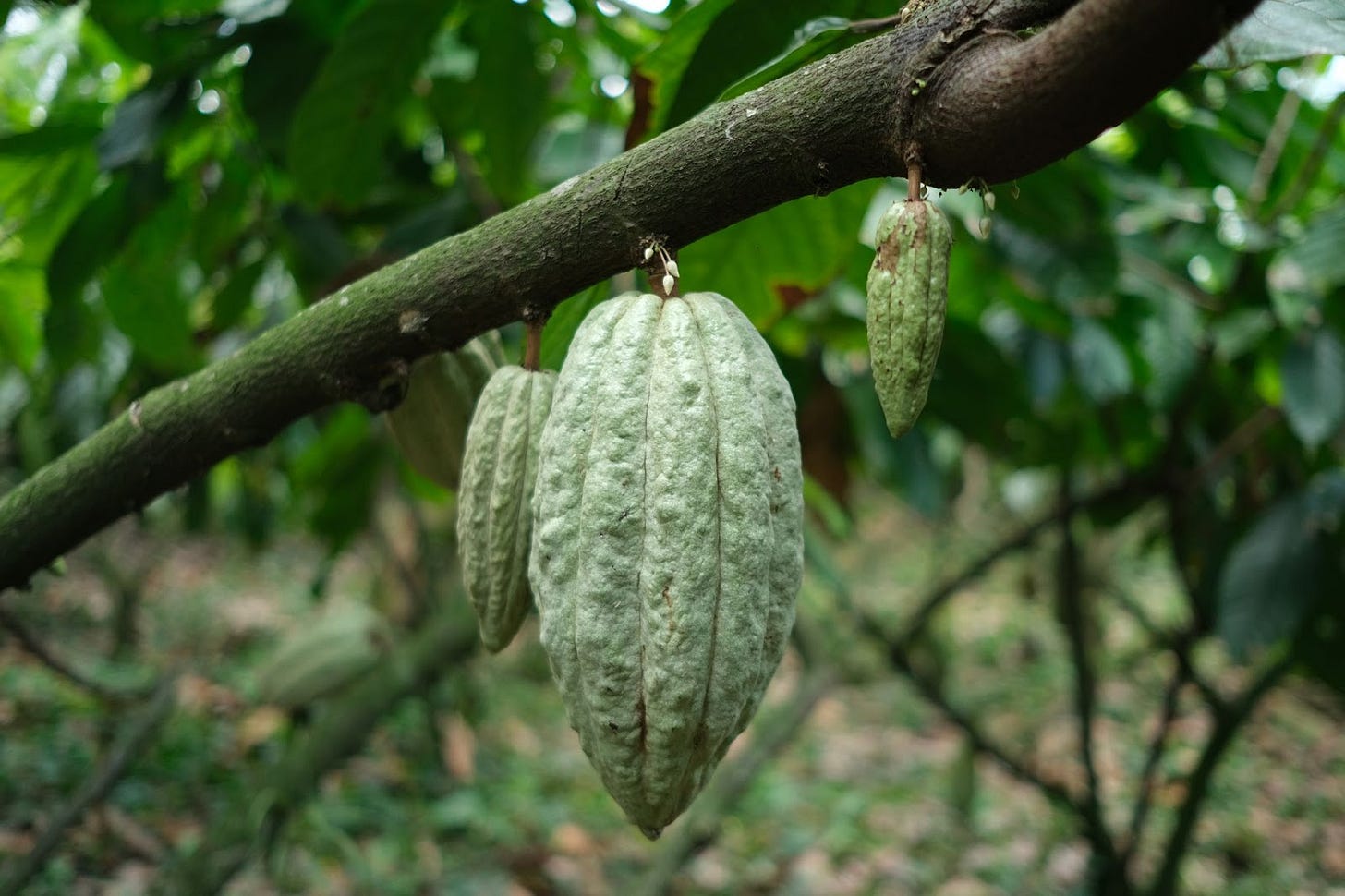

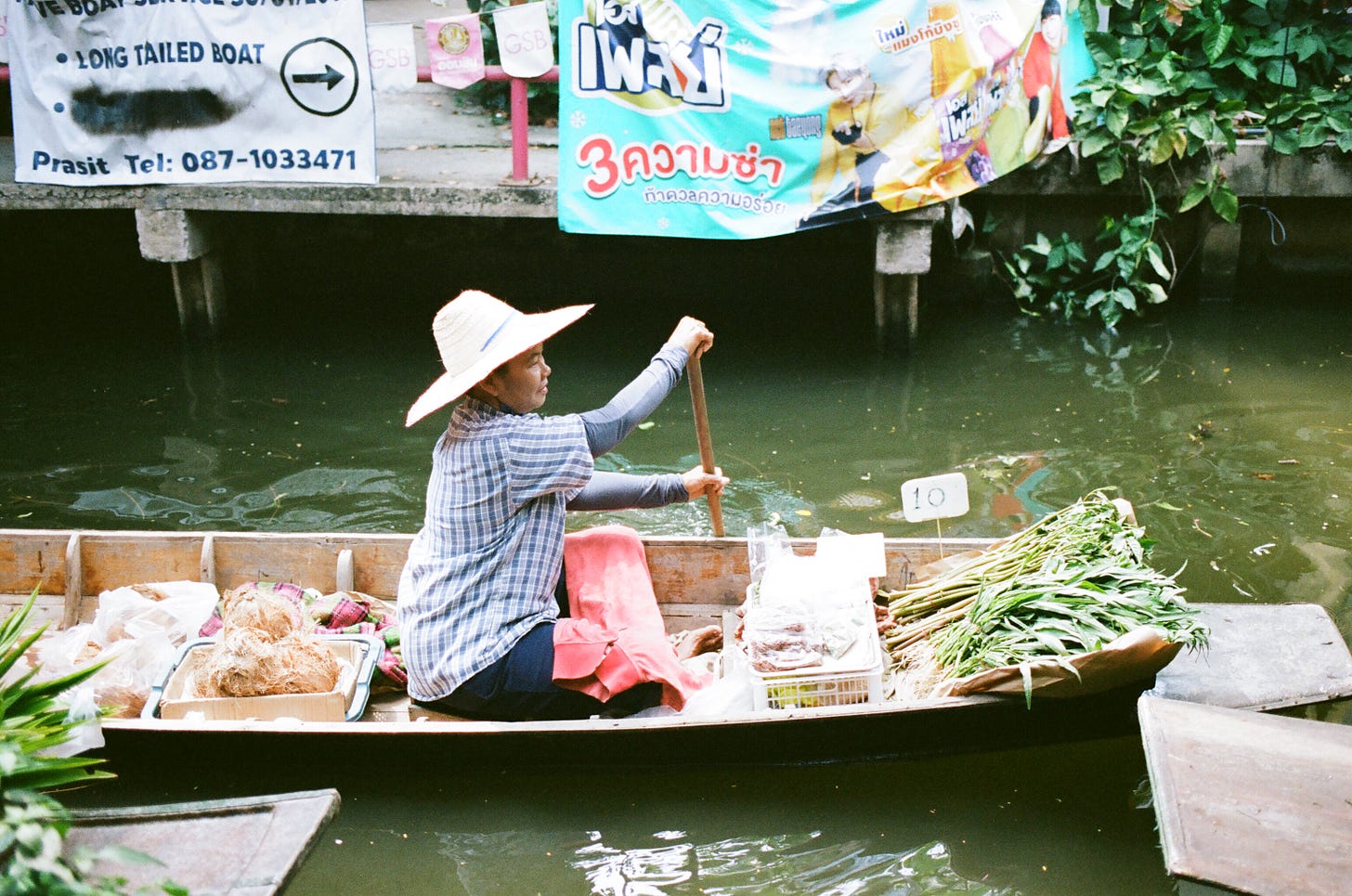
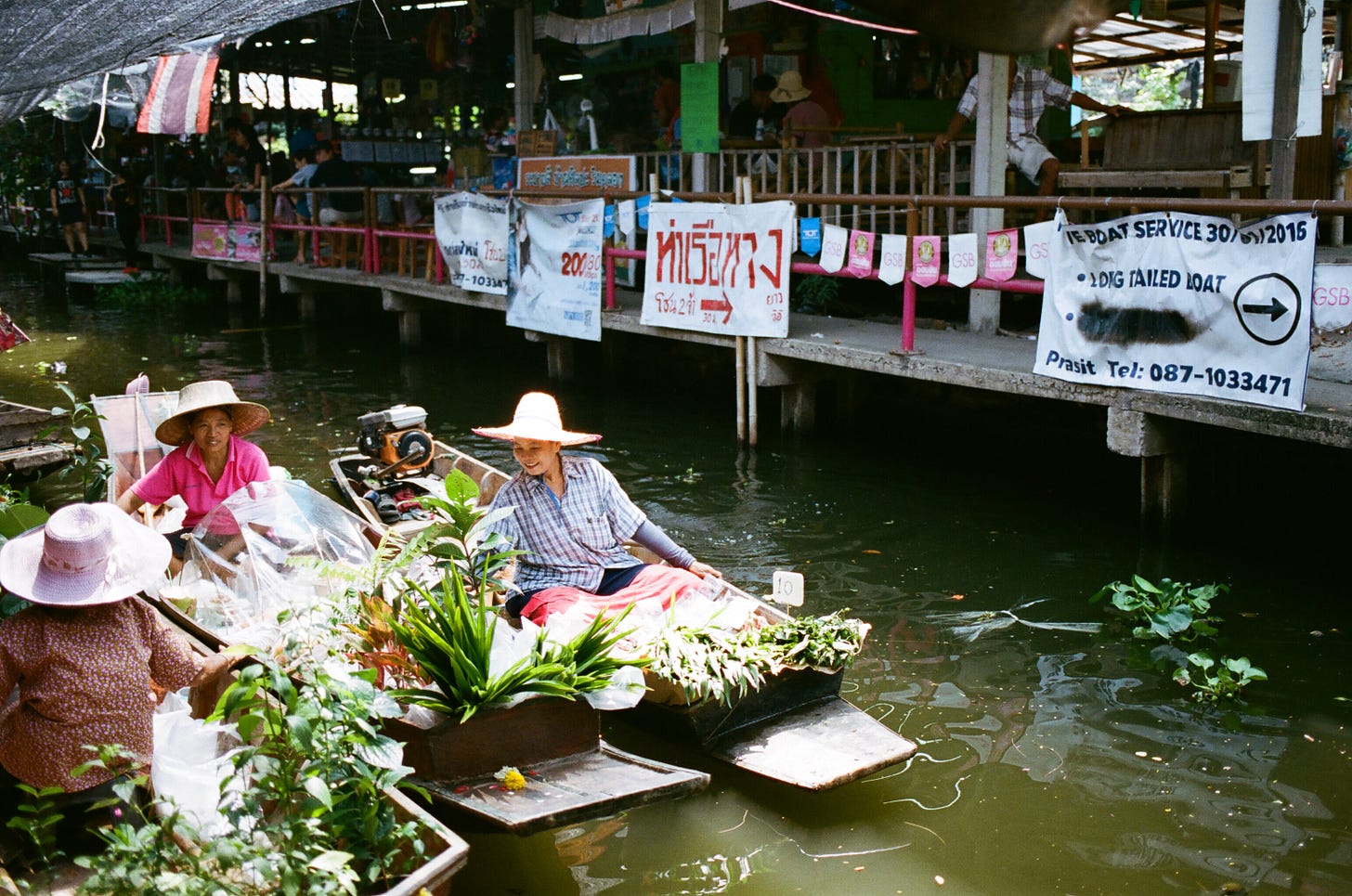


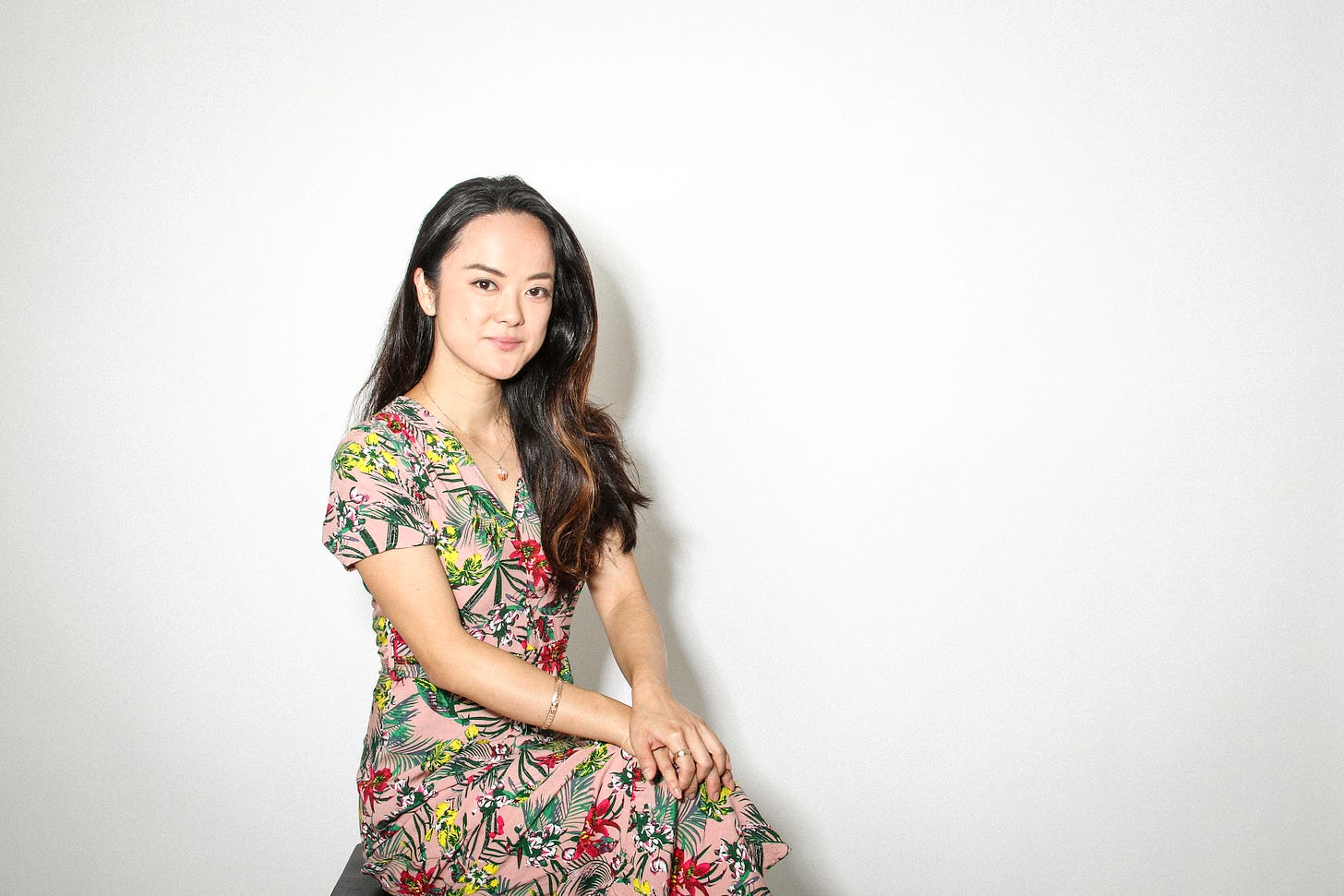
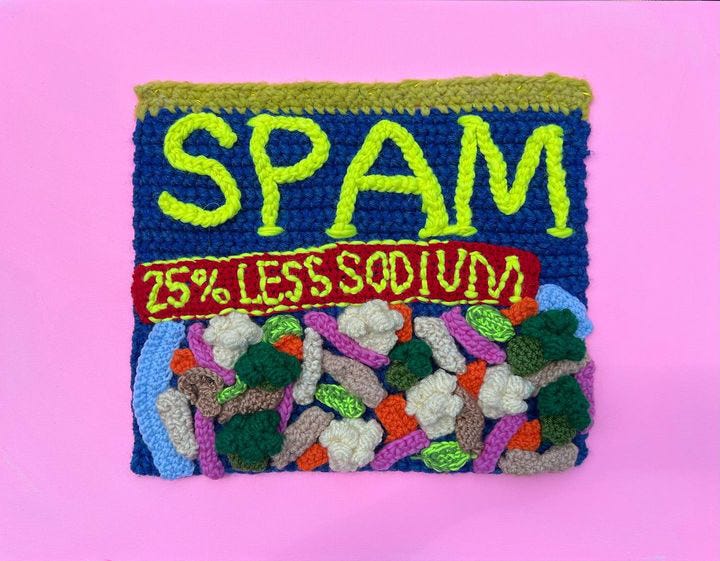
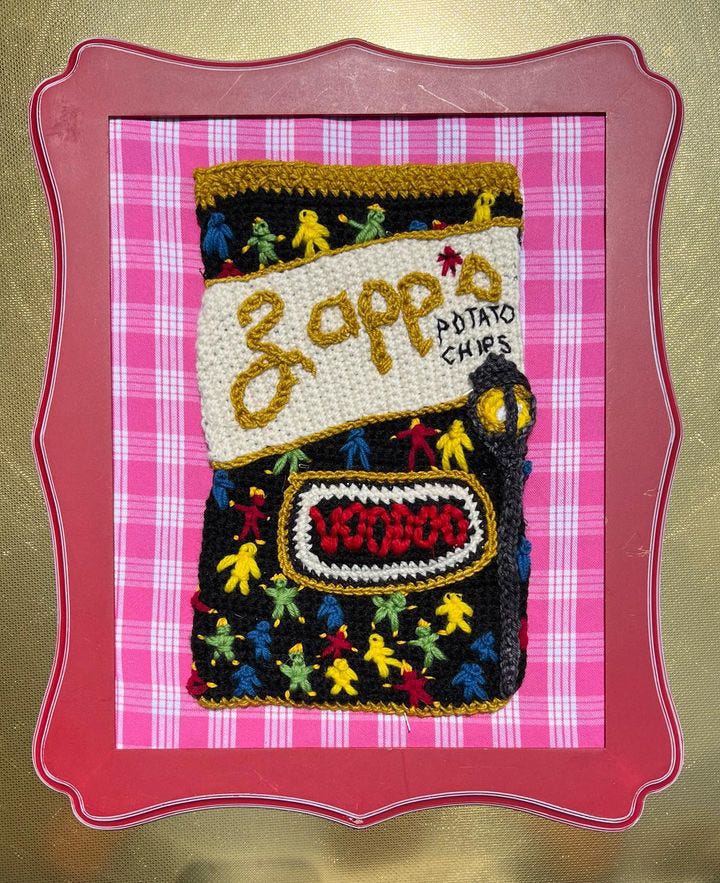
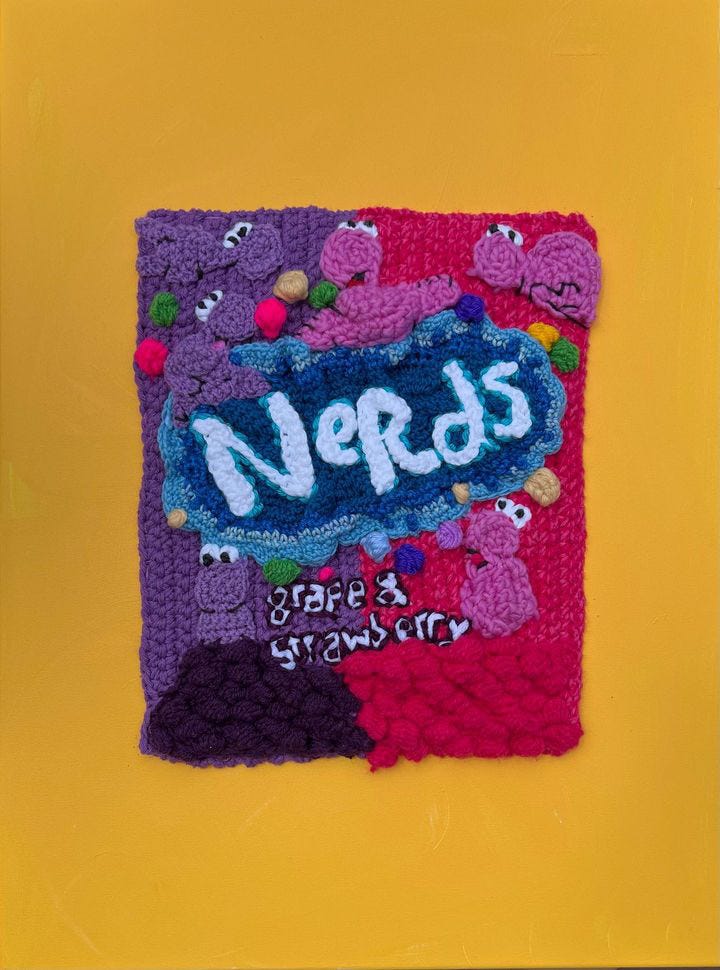
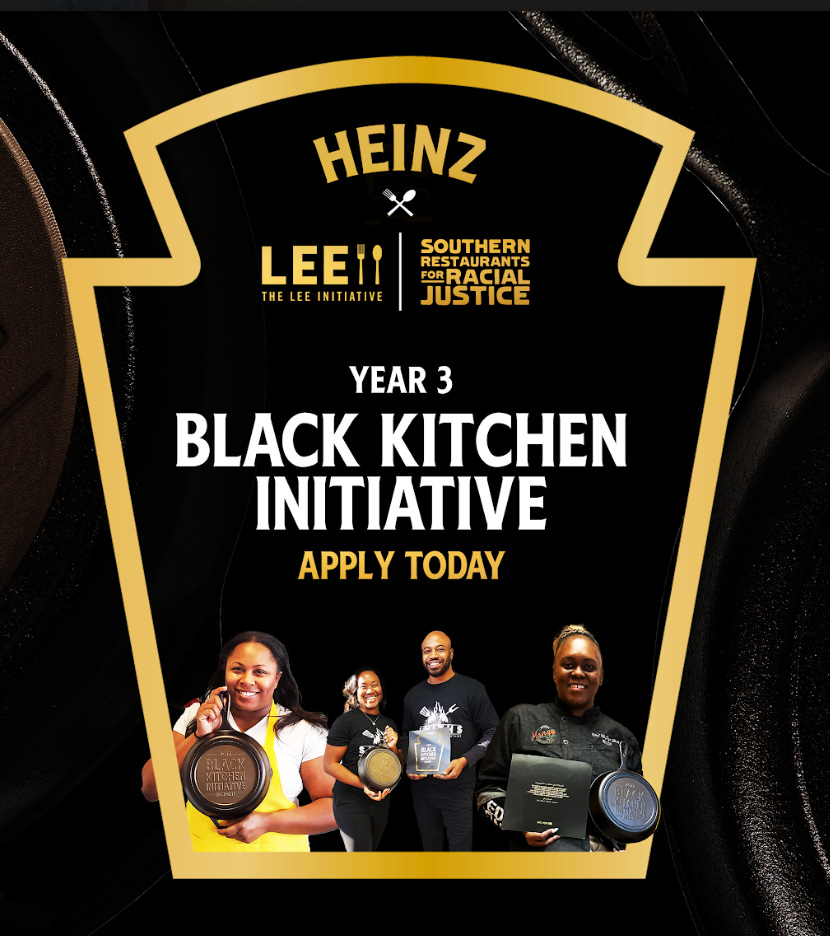
‘or a Black chef in your life’
Wow!
Is it not 2023?
It’s unbelievable how racism is out in the open here.
Skin color is irrelevant, chefs can be of any race etc.